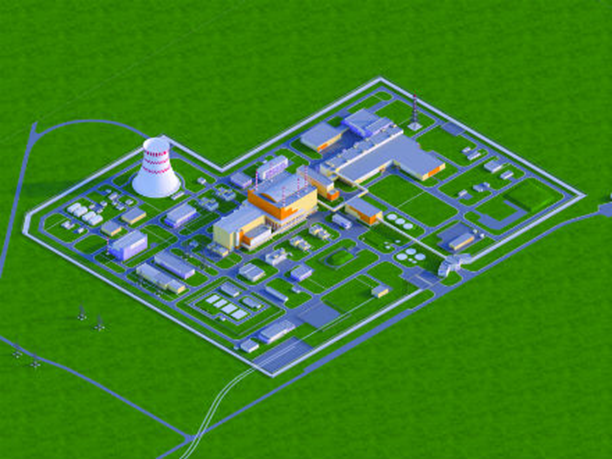Part 2 of 2 Parts
The RePlanet report points out that “Using this fuel in a new generation of fast-neutron reactors would eliminate it as a ‘waste’ concern via a carbon-free waste-to-energy process. Most of the remaining leftover fission products would return to a level of radioactivity comparable to the original uranium ore within 200-300 years. This means that current deep geological disposal strategies can be simplified and scaled back.”
The report goes on to say that “While the economics of fast reactors are currently unproven, if resources currently intended for deep geological disposal of spent fuel were diverted instead into a fast reactor program that would enable the re-use of that fuel, this would turn a burden into a useful part of a legitimate circular economic activity.”
The report further notes that “Many countries in the past have run fast reactor prototypes, such as EBRII in the United States, Phénix in France, Monju in Japan and the Russian BN fast reactor program. The Western programs were closed down prematurely for a combination of political and technical reasons, with only the Russian effort currently continuing…. (Due to the war in Ukraine, we do not discuss the Russian fast reactor program further in this report.)”
This is unfortunate because a close look at Russia’s fast reactor program would show that the economics of fast reactors in not “unproven”. Russia’s BN-600 at Unit 3 of the Beloyarsk nuclear power plant has been operating and supplying power since 1980. It is one of the more efficient and economic nuclear power reactors in the country. Furthermore, Russia’s pilot demonstration power complex (PDEK) under construction at Siberian Chemical Combine based on the Brest-OD-300 fast reactor has been specifically designed to reuse spent nuclear fuel at a single site. This site also includes fuel fabrication and recycling facilities.
RePlanet says “We are not, however, proposing 100% of generation from fast reactors. If we instead assume, for illustrative purposes, that renewables (plus whatever is the size of the light-water reactor fleet at the time) make up 80% of generation on an annualized basis, this means fast reactors need only to generate 20% of power, allowing us to multiply the available energy in current fuel stockpiles by a factor of five. Fast reactors could therefore make up the difference for a fully carbon-free electricity grid for over a thousand years, even at tripled rates of electricity use in our high estimate, if they work in support of renewables.”
The report concludes, “The rapid deployment of today’s modern, commercially available ‘once-through’ nuclear reactor technology should not be abandoned, even as we push for fast reactors to become available. Fast breeder reactors are able to work together with existing reactor designs, since breeders produce enough fuel to resupply not just themselves but also an additional conventional reactor of the same power. All forms of nuclear can thus also work together, in partnership with renewables.”
There is concern that the plutonium extracted from spent nuclear fuel to fuel fast breeder reactors could be made into nuclear weapons and pose a proliferation risk.
Radioactive Waste 901 – RePlanet Calls For The Use Of Spent Nuclear Fuel To Power Fast Breeder Reactors – Part 2 of 2 Parts

Written by
in
